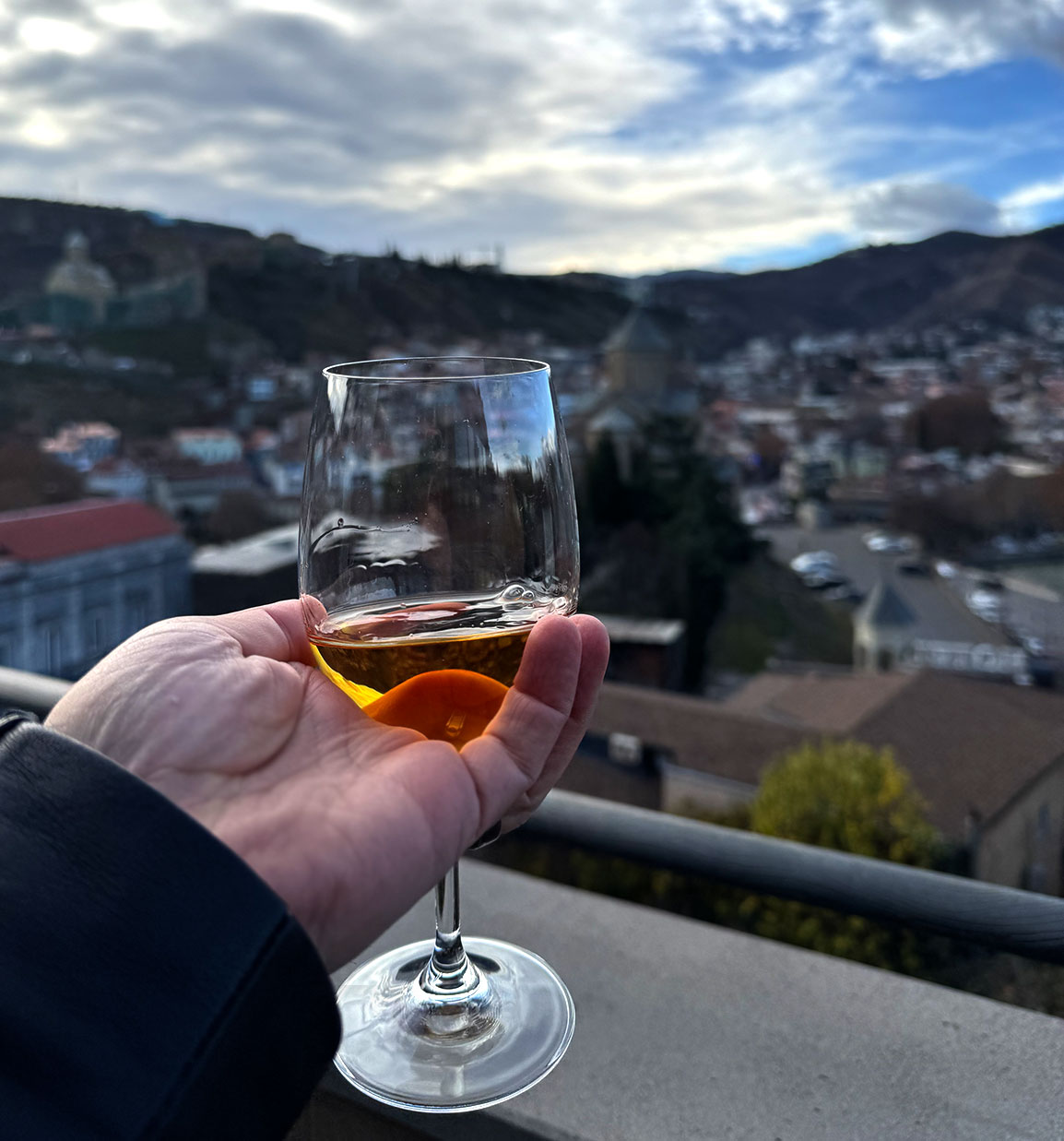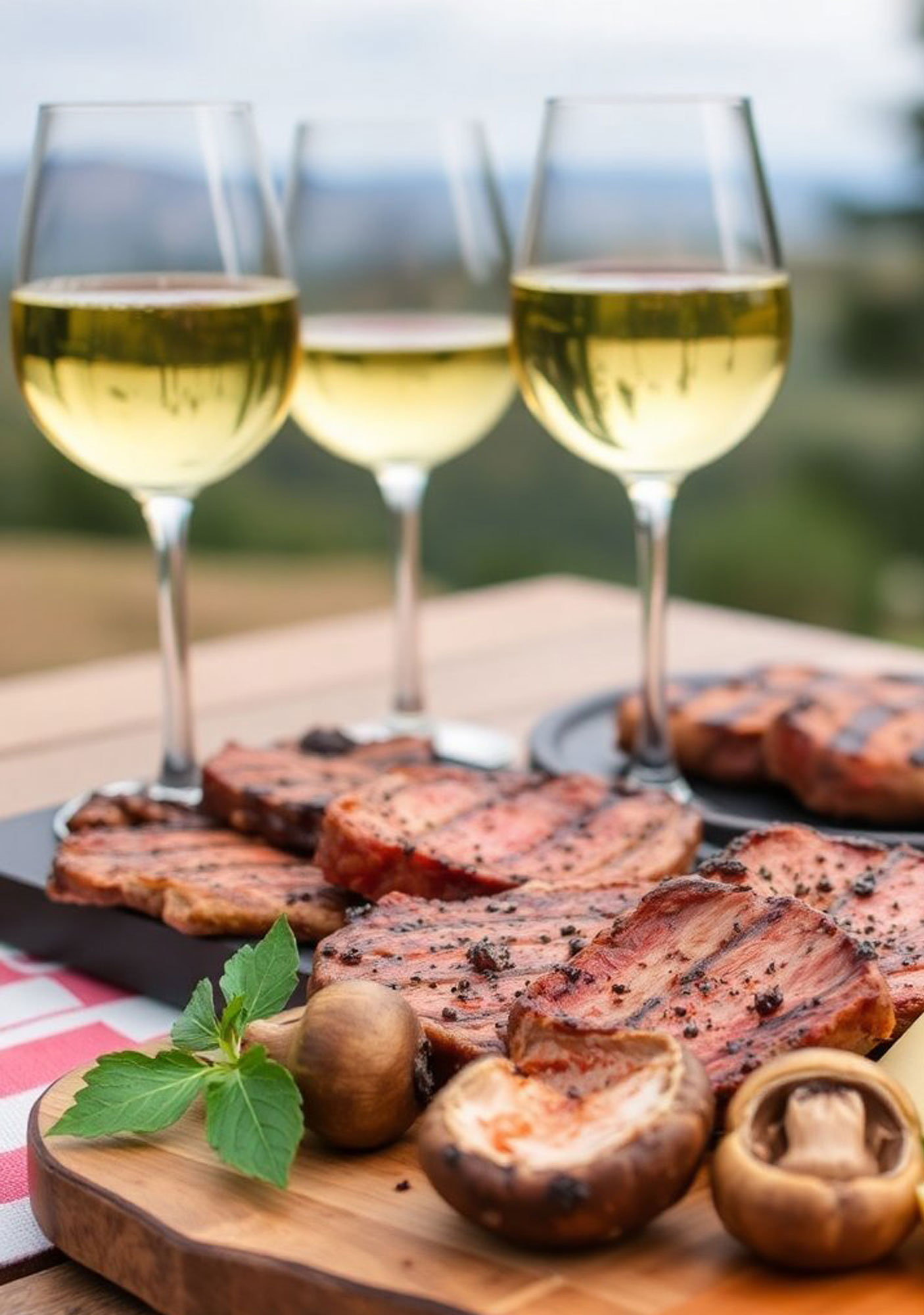
Historical Importance: The Rkatsiteli grape is one of the oldest grape varieties in the world, originating in Georgia. It has been cultivated for over 8,000 years and remains a staple in Georgian winemaking.
Flavor Profile: Known for its high acidity and ability to produce balanced wines, Rkatsiteli contributes floral and fruity notes, making it ideal for both dry and sweet wine styles.
Rkatsiteli Qvevri Amber Dry Wine
Classification : Regional Qvevri Amber Dry Wine
Terroir: Racha, micro-zone “Napareuli”, Terroir “Berula”
Vinification: Ancient Georgian traditional Qvevri wine-making method
Tasting Notes
Appearance: The wine presents a beautiful amber color, indicative of its skin contact during fermentation.
Aroma: The nose is rich and inviting, featuring aromas of candied grapes, white and yellow dried fruits, roasted nuts, quince and honey.
Palate: On the palate, Rkatsiteli Qvevri Amber Dry wine showcases firm tannins that complement its fruity notes. The wine is well-balanced, with a harmonious interplay of sweetness and acidity, with velvety tannins and a long aftertaste.
represents the rich tapestry of Georgia’s winemaking heritage, marrying the ancient traditions of Qvevri fermentation with the distinctive characteristics of the Rkatsiteli grape. This unique wine embodies the essence of Georgia’s cultural identity and the time-honored practices that have been passed down through generations.
Ancient Georgian Qvevri Winemaking Method
Cultural Significance
The Qvevri winemaking method is an integral part of Georgian culture, recognized for its deep-rooted traditions and communal practices. Inscribed in 2013 on the UNESCO Representative List of the Intangible Cultural Heritage of Humanity, this ancient technique highlights the communal aspect of winemaking, where families, neighbors, and friends collaborate in the harvest and production of wine.
Diverse Regional Practices
While the Qvevri method is consistent in its essence, there are notable regional variations in its application:
Winemaking Process
Rkatsiteli Qvevri Amber Dry wine is versatile and pairs wonderfully with various dishes:
Temperature: This wine is best served chilled, at temperatures between 8°C and 10°C, to accentuate its refreshing qualities and vibrant flavors.
